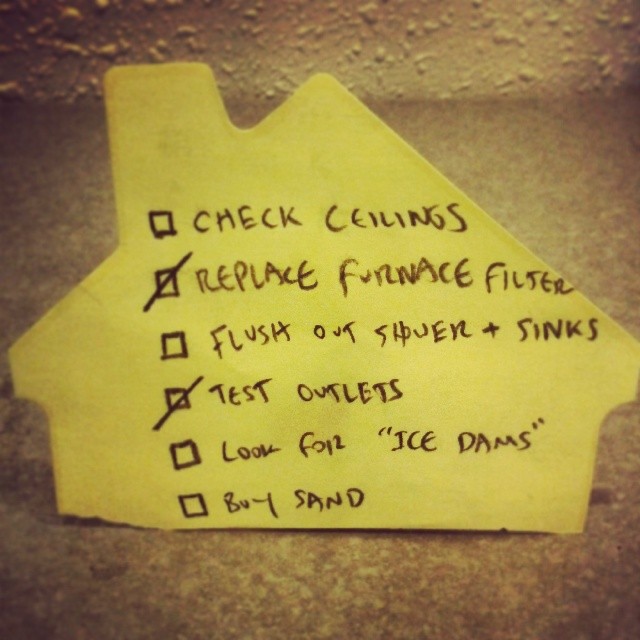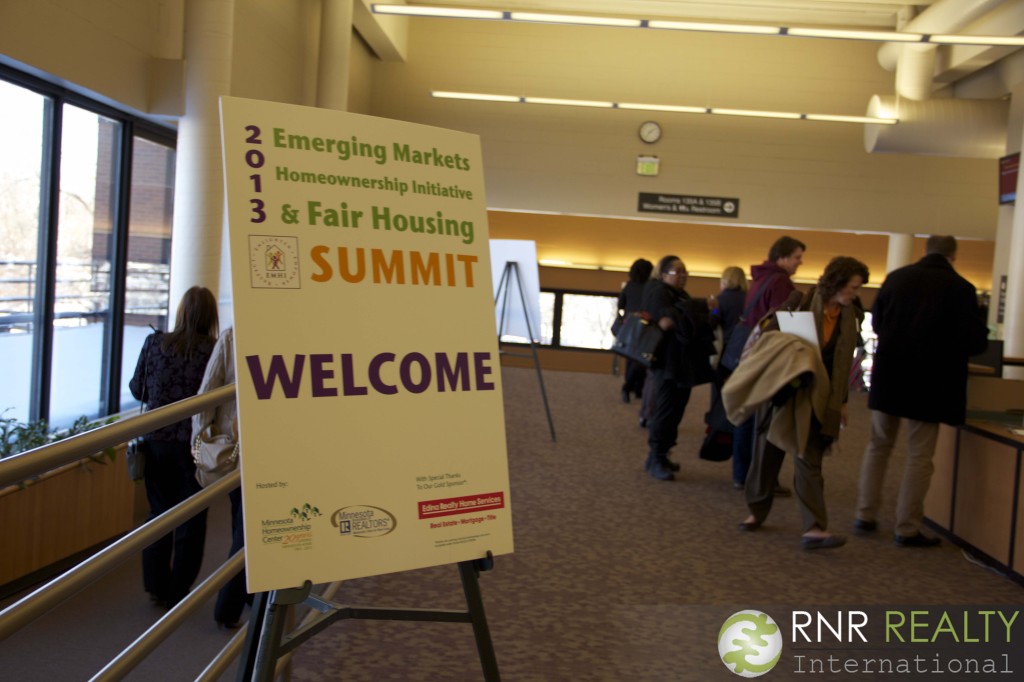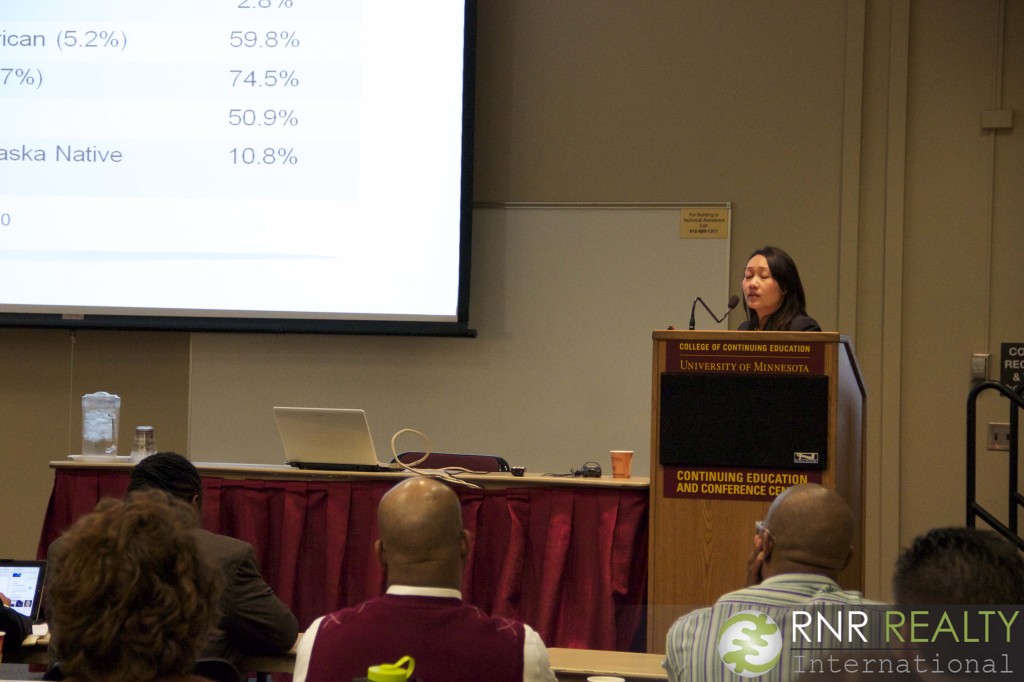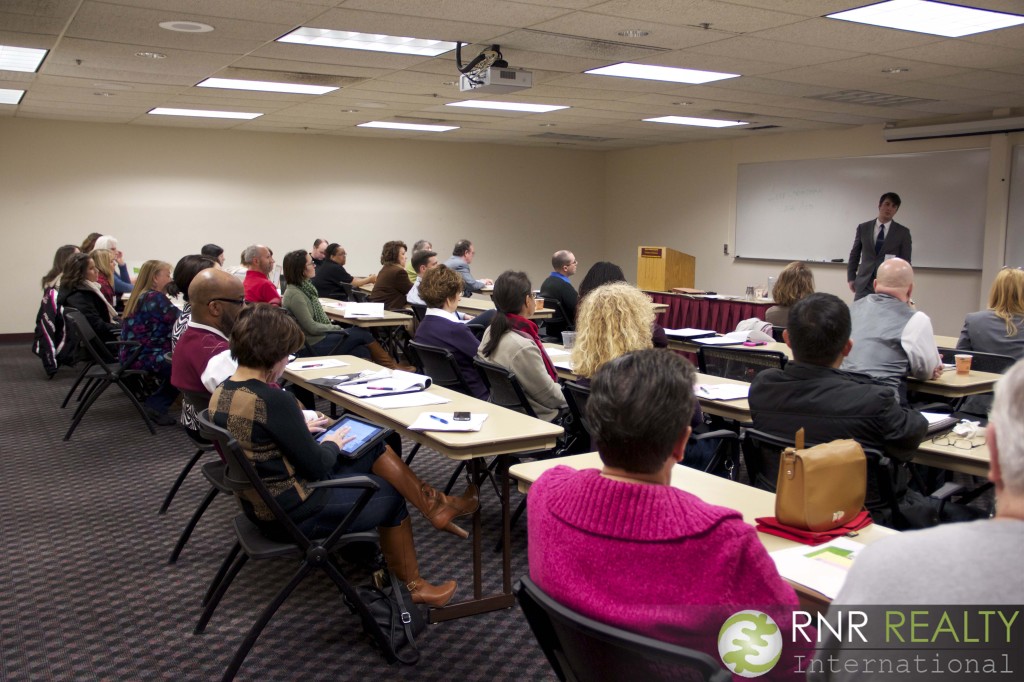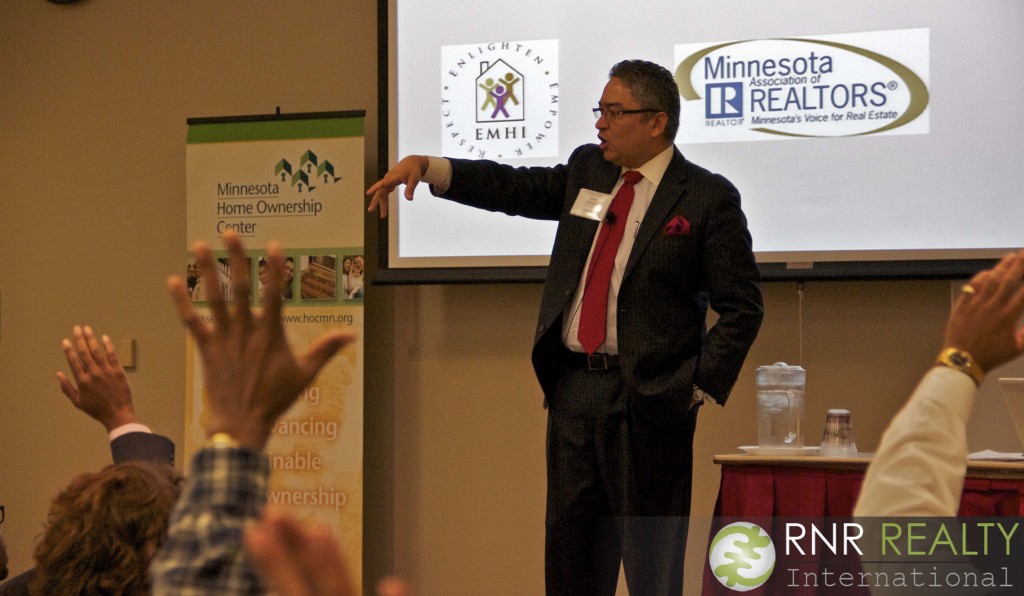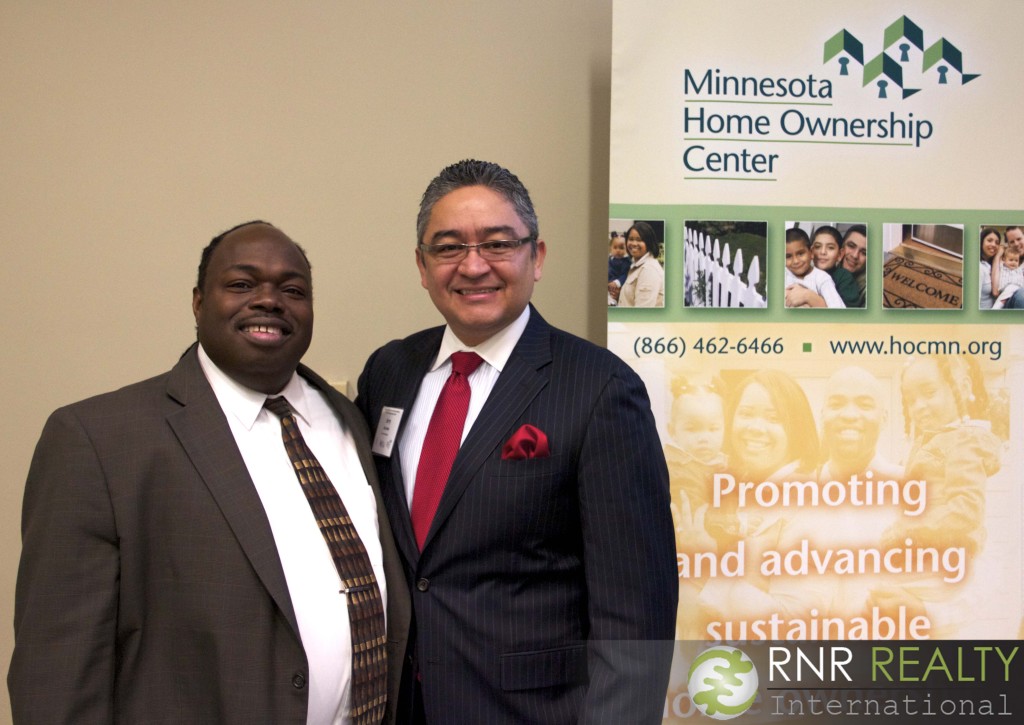Do you live in a loft? studio apartment? Do you see yourself living there for a while, or do you just like that style and can’t see yourself leaving it? Well, we totally understand, and we’ve got tips for you to make every square footage of that room count. Here are five hacks to make your studio apartment look bigger than it actually is:
1. Lighten up the floors
Yep, that’s right. Make your floors a lighter color. Paint them, or if you’re renting the place and your lease won’t allow it, then a wide bright rug will do the trick just fine, as well.
2. Clear it up
By this we mean, clear, see-through furniture is your best choice. Side tables with see-through legs. All these help into making it seem there is less space, or clutter. Try it out and tell us what you think!
3. Two-for-One
To some people this idea never seems like fun, but then again some people love the efficiency of it. Think of buying one furniture that doubles into something else. For example, your side table could also double as a bar. These not only save you space, but also keeps you and almost forces you to keep the space less cluttered and more organized.
4. The walls are your friends
Well, it might sound silly but they are! They become extra space you can occupy. For example, hang your necklaces, towels, etc. Have that become another space that you can use. Here’s a tip: make sure everything has at least 5-8 inches of space between each other. The trick is to never make it seem like it’s cluttered.
5. Higher Up
Ok, so now we’ve used up your walls, floor, and even doubled-up some furniture use. Now, look up. Yes, the ceilings. No, we’re not hanging anything from there today (although we recommend you do—some interior decorators suggest hanging plants gives it a sense of more space to a room), but we will be painting it. If you are lucky enough to have a high ceiling, then feel free to paint it! We suggest you do the same color as your floor to lighten up the place even more.
Well reader, here is where we end our post. Hopefully, you’ve find it informative! Feel free to tell us if you’ve tried any of this and it’s worked! Or, if you’d like to add some more tips, feel free to do so in the comments below!
Find the original article here.

